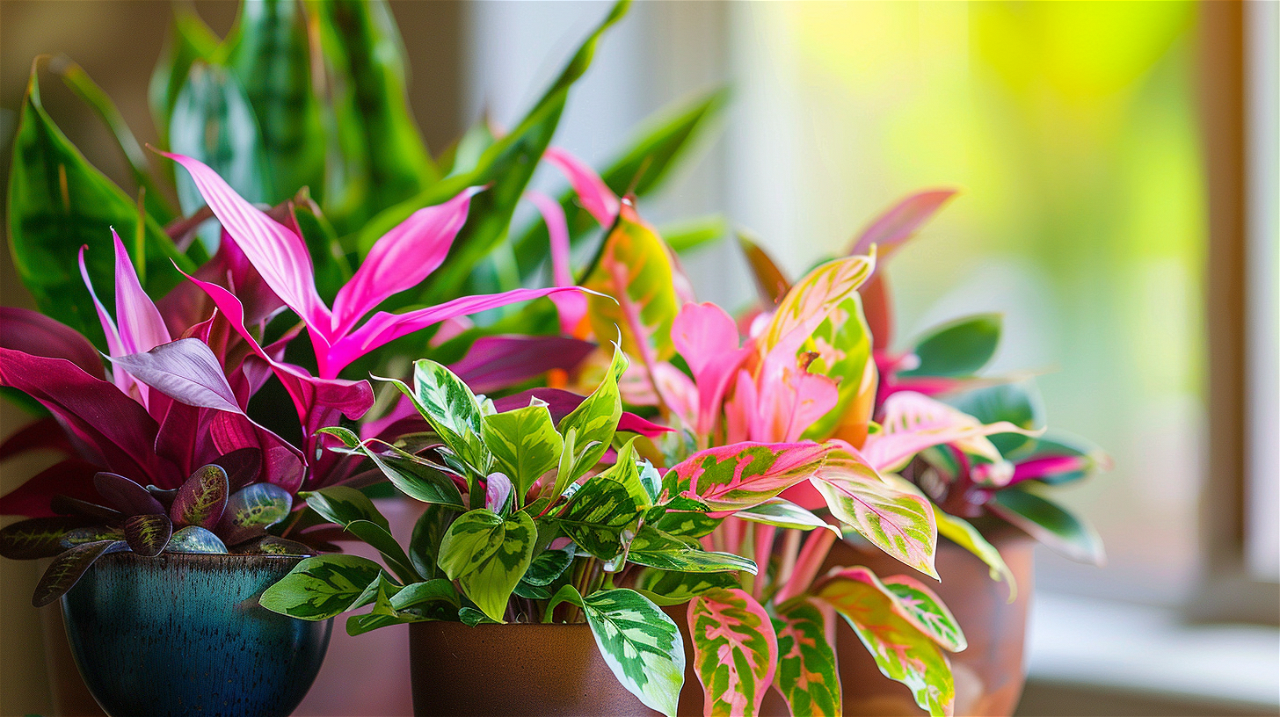
Some plants are known for repelling pests, others might unintentionally create a five-star insect hotel or a shady snake spa in your living room. Here are 5 houseplants that are known for attracting snakes and bugs at home:
1. Citrus Plants:
Citrus trees like lemon or orange might seem like a delightful addition to your home, offering fresh fruit and a lovely fragrance. However, these fragrant plants are unfortunately a magnet for aphids, mealybugs, and scale insects. These tiny sap-suckers love feasting on citrus leaves, causing damage, and leaving behind a sticky residue. The sweet scent of ripening citrus fruits can attract fruit flies, adding to the nuisance and depleting hygienic conditions.
2. The Aromatic Plants:
Certain houseplants with strong aromas, while pleasant to us, can be irresistible to specific pests. Lavender, for instance, might attract whiteflies, tiny winged insects that feed on plant juices. Spider mites, notorious for their fine webs and ability to multiply rapidly, are drawn to the dry environment created by spider plants. While aloe vera is stacked with various medicinal properties, its succulent leaves can become a breeding ground for mealybugs.
3. Dangers of Fungus Gnats:
Fungus gnats, those tiny flying nuisances, are often attracted to moist soil conditions. Houseplants like peace lilies and philodendrons, which thrive in damp environments, can unwittingly create a breeding ground for these pesky gnats. Fungus gnats themselves do not harm plants, but their larvae feed on root fungus, potentially damaging the plant's health.
4. Shady Climbers:
While uncommon indoors, some plants can attract snakes if you live in an area where these reptiles are prevalent. Plants with dense foliage, like ivy or ferns, provide cool, damp hiding places that snakes find appealing. Berry bushes grown outdoors can attract small rodents like mice, which in turn might attract snakes looking for a meal.
5. Bamboo Sticks/Plants:
Fast-growing and visually striking, bamboo seems like a perfect choice for a container plant. However, its dense growth can create a haven for aphids, mites, and other foliage-feeding insects. The hollow stems of bamboo can also provide a cozy home for spiders, adding another potential creepy encounter to the mix.
Making informed choices about your houseplants can help create a harmonious indoor environment. By understanding which plants might attract unwanted guests, you can choose greenery that enhances your home without the added drama of creepy crawlies or slithering friends.
Remember, prevention is key! Practice proper watering techniques, maintain good air circulation, and keep a lookout for early signs of pests.
















